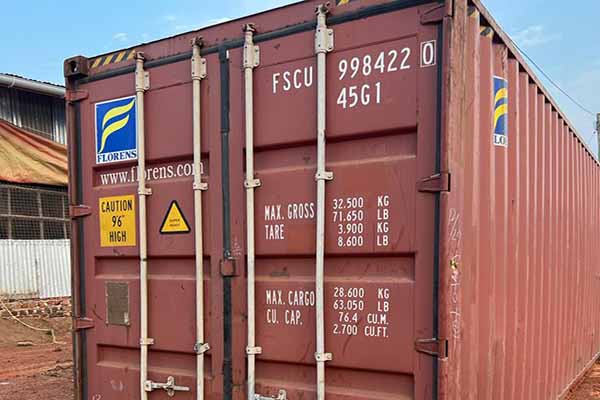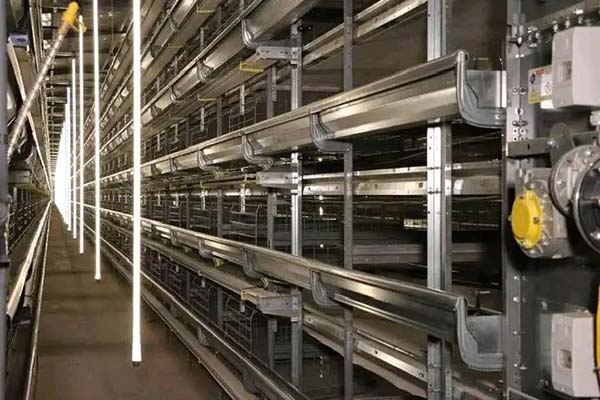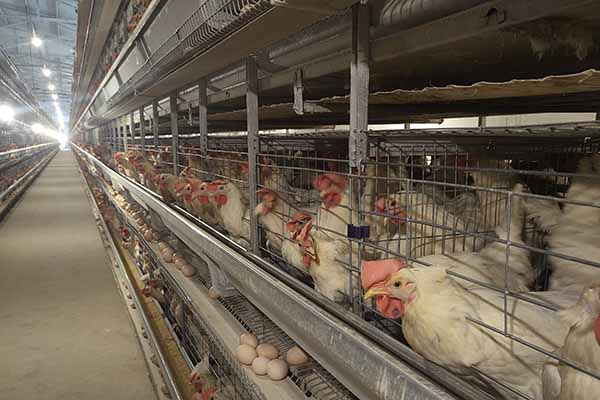Optimizing Ventilation Systems for Layer Farms: A Comprehensive Guide
Effective ventilation is crucial for the health and productivity of layer farms. A well-designed ventilation system ensures comfortable living conditions for the chickens, which in turn enhances egg production and reduces the risk of disease. In this article, we will explore the key components and considerations for implementing optimal ventilation systems in layer farms.
Key Components of Ventilation Systems in Layer Farms
- Intake Air: Fresh air is drawn into the farm through intake fans, ensuring a constant supply of oxygen for the chickens.
- Exhaust Air: Warm and moist air, along with odors and gases, is removed from the farm to maintain a clean and healthy environment.
- Airflow Control: Airflow velocity and direction are regulated to distribute air evenly throughout the farm.
- Temperature Control: Ventilation systems are designed to manage the temperature inside the farm, keeping it within the optimal range for chicken welfare.
According to a study published in the Journal of Agricultural Science, farms with effective ventilation systems can see an increase of up to 10% in egg production compared to those without proper ventilation.
Choosing the Right Ventilation System
Selecting the right ventilation system for your layer farm depends on several factors, including the size of the farm, the number of chickens, and the local climate. Here are some key considerations:
- Farm Size: Larger farms require more powerful fans and a more complex ventilation design.
- Chicken Density: The number of chickens per square meter affects the amount of airflow needed.
- Climate: In regions with extreme temperatures, additional heating or cooling systems may be necessary.
- Energy Efficiency: Opt for energy-efficient fans and equipment to reduce operational costs.
Table 1: Ventilation System Selection Criteria

| Criterion | Description |
|---|---|
| Farm Size | Number of chickens and the total area of the farm. |
| Chicken Density | Number of chickens per square meter. |
| Climate | Temperature and humidity levels in the region. |
| Energy Efficiency | Energy consumption of the ventilation system. |
Implementing Ventilation Systems
When implementing a ventilation system, it is essential to involve a professional to ensure that the system is designed and installed correctly. Here are some steps to consider:

- Conduct a thorough assessment of the farm’s ventilation needs.
- Choose the appropriate ventilation system based on the assessment.
- Install the system according to the manufacturer’s guidelines and local regulations.
- Regularly monitor and maintain the system to ensure optimal performance.
For a professional consultation and a free design and equipment quote, please leave a comment below or contact us directly at livi-mechanical.com.





